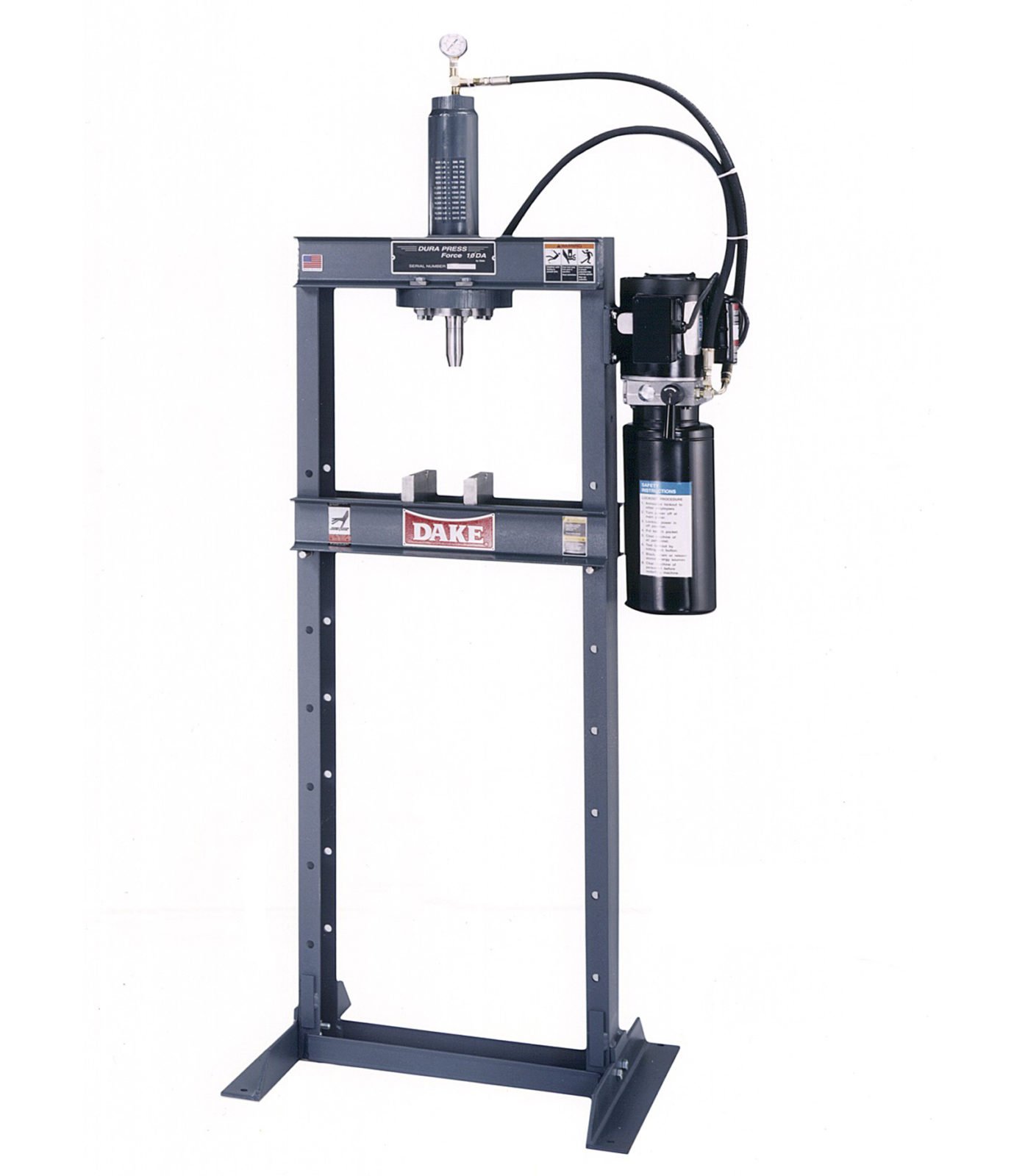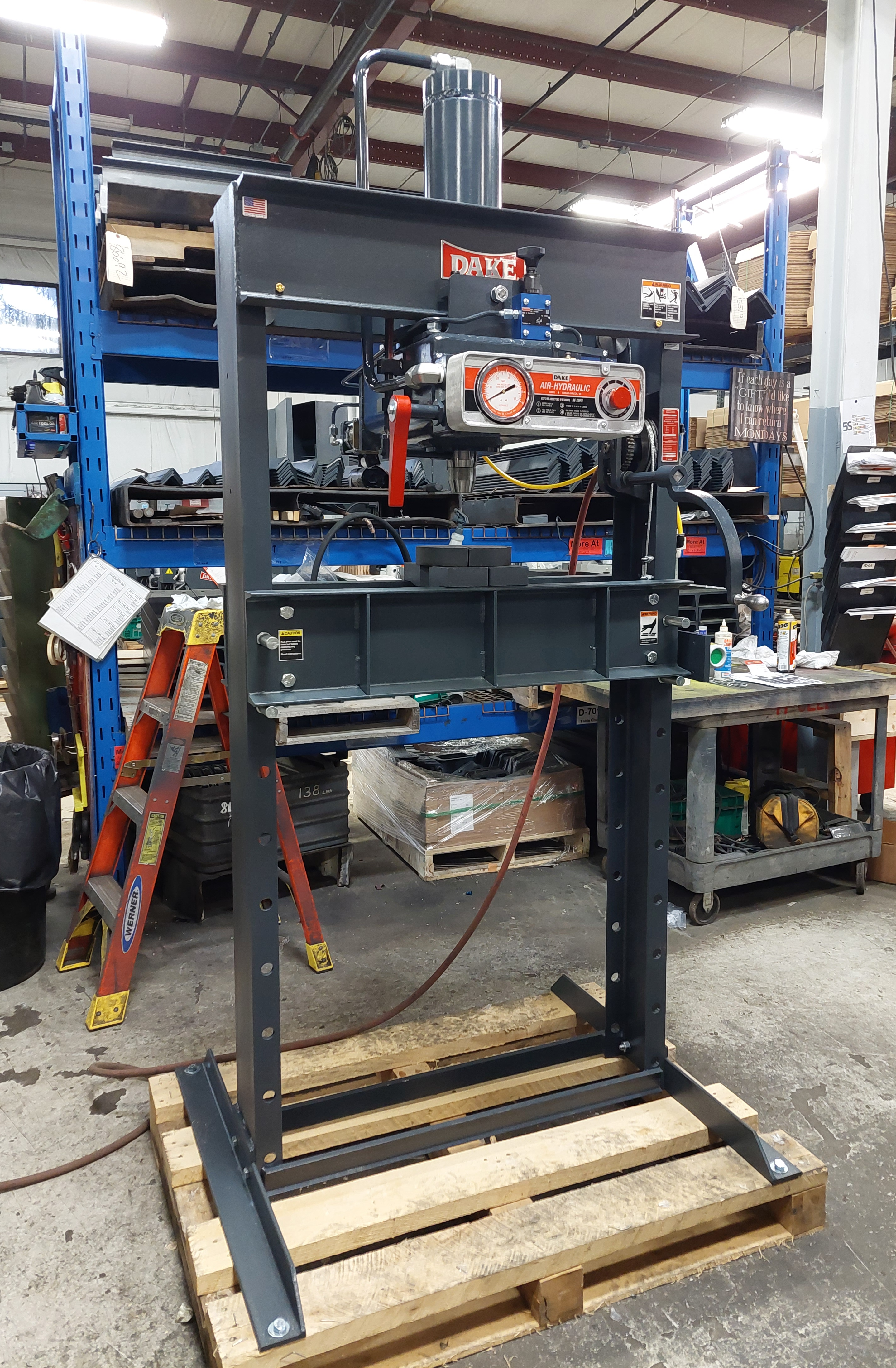Manufacturing metal parts is tricky business. Based on customer specifications, certain parts need to have a specific level of tolerance.
To produce metal products, raw castings are made first. After being machined and validated, they are ready to go. However, there can be a lot of wasted product left over in the form of scraps.
In order to make the process more cost-efficient and less wasteful, it’s best to perform an inspection of the cast. This can be done with optical metrology instruments.
In this post, our experts here at Dake will go over the ways equipment such as 3D scanners can improve metalworking efficiency.
Raw Castings
To manufacture specific parts for clients, a raw casting must first be created. These castings should have been produced with enough material to ensure that the machining process can be completed.
They should also be able to quickly pass an inspection and not produce too much waste. The goal is to be able to produce high-quality parts and minimize scraps.
Obstacles with Raw Castings
It’s important to note that only the surfaces of casting that serve as important mechanical functions need to be machined. To ensure that the machining process goes off without a hitch, there needs to be enough material on the raw casting.
If there isn’t enough material, the results could be defective metal parts or metal parts that do not meet the tolerance requirements.
To overcome this obstacle, metalworking companies should perform an inspection of the casting ahead of time. During this inspection, the dimensions should be measured, and the quality of the material needs to be validated. If issues are found with the casting, then an inspection of the mold used to create the casting should be performed.
Unfortunately, not all casting molds are created equal. One might think that a computer-aided design (CAD) file is always used to create a nominal mold. However, this is not always the case. Issues with the mold such as shrinkage can occur simply because the metalworking manufacturing process is not linear.
If your production team is having difficulties producing certain metal parts, then you should start with an inspection of the casting and work backward from there.
While it is not always possible to foresee all potential issues, it is possible to ensure that your raw castings have enough material to the correct batch of parts.
How to Inspect Raw Castings
Now that we have covered the main issues with raw castings, let’s discuss how to avoid these problems. The solution is quite simple. Optical metrology instruments make the inspection process quick and easy. These portable, user-friendly tools allow for efficient measuring, inspecting, and validating.
Portable 3D scanners can be taken directly to the shop floor to measure and inspect castings. Because the castings don’t need to be taken to the scanner, the process is made so much easier, and a lot of time is saved.
These 3D scanners come with a digital Go-No Go feature that allows the inspector to evaluate the measurements quickly. With this type of data, the inspector can mark the castings as pass or fail within a matter of seconds.
Another nifty feature on these portable 3D scanners is the instant meshing function. The surface acquisition of the casting can be checked quickly on the inspector's tablet, which allows for faster validation.
Finally, optical metrology tools allow the inspector to check over several raw castings without touch probing. The 3D scanner provides a complete view of the casting. It doesn’t just look at discrete points. All of the surface profiles can be checked and validated accurately and efficiently.
Benefits of Optical Metrology
There are several benefits to using topical metrology instruments The first is the production of high-quality parts. As we mentioned before, having a nominal mold is not always that answer.
Shifting the focus to producing high-quality parts is what will help to dramatically accelerate the manufacturing process. It will also ensure that scrap pieces are reduced and tolerance specifications are met.
The next benefit is a reduction in manufacturing costs. If your team is using a 3D scanner to inspect raw castings before producing parts, obstacles can be identified quickly. Raw castings that do not have enough material can be sent back for a rework before they get put on the production floor.
Another benefit of using optical metrology tools is a shortened inspection time. Most 3D scanners have an acquisition rate of 1/2 million points per second. This means that the entire casting surface can be measured within a matter of seconds.
Plus, the hand-held, portable 3D scanner can be taken directly onto the metalworking shop floor. No more time needs to be wasted by transporting castings into a lab.
Other Uses
Besides raw castings, 3D scanners can be used in a wide variety of inspections. Since these advanced devices are hand-held and portable, inspectors can take them all around the metalworking shop floor.
They can be used to inspect various metalworking pieces such as prototypes, turbine blades, sheet metal, tools, dies, and many other things. As for castings, they can be used for raw, injection-molded, and pressure die-cast parts as well.
If you are working with sheet metal, a 3D scanner can be used to inspect the surface profile. Once the inspection is passed, then the sheet metal can be used in various projects throughout the shop floor.
Bending, shaping, molding, and cutting can all be done efficiently and with very little waste. For more tips on how to work with sheet metal, check out our recent blog post here.
Metalworking with Dake
Do you have questions about our metalworking machines here at Dake? Our experts are ready with answers. Do you need a specific machine to carry out a new project?
We can build a custom machine to suit your needs. Simply get in touch with our representatives today for more information about custom machines.
-1.jpg?width=1200&height=525&name=DAKE003_%20Logos_Red%20(002)-1.jpg)
-1.jpeg)
.jpg)

